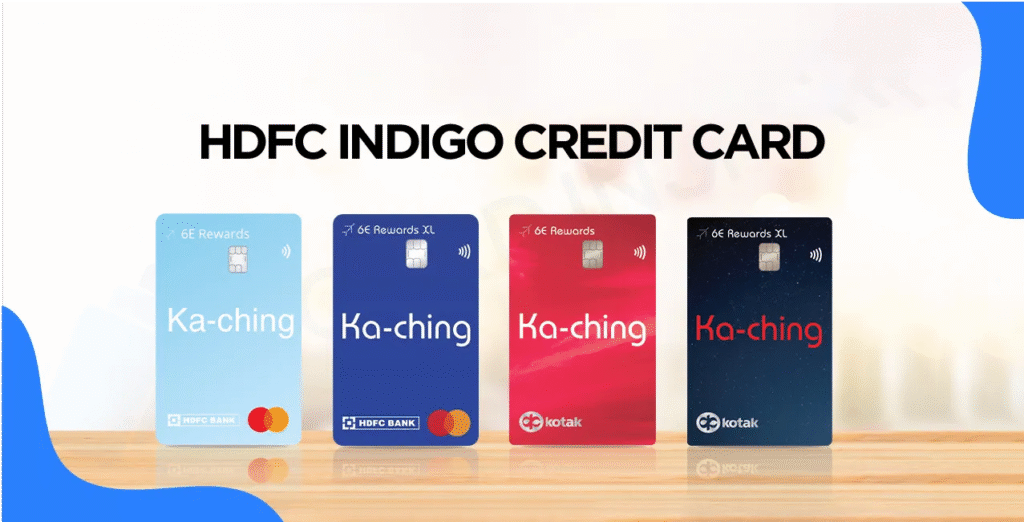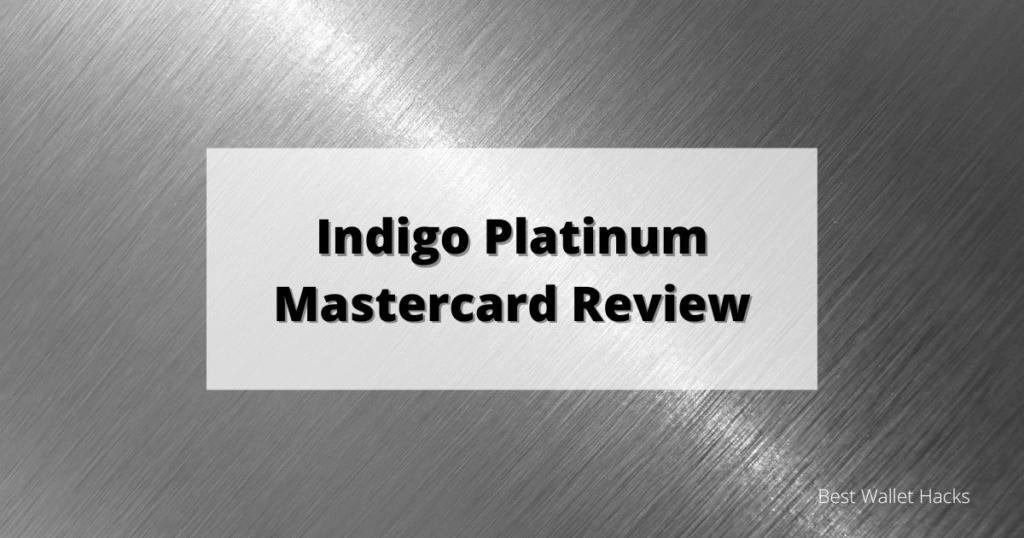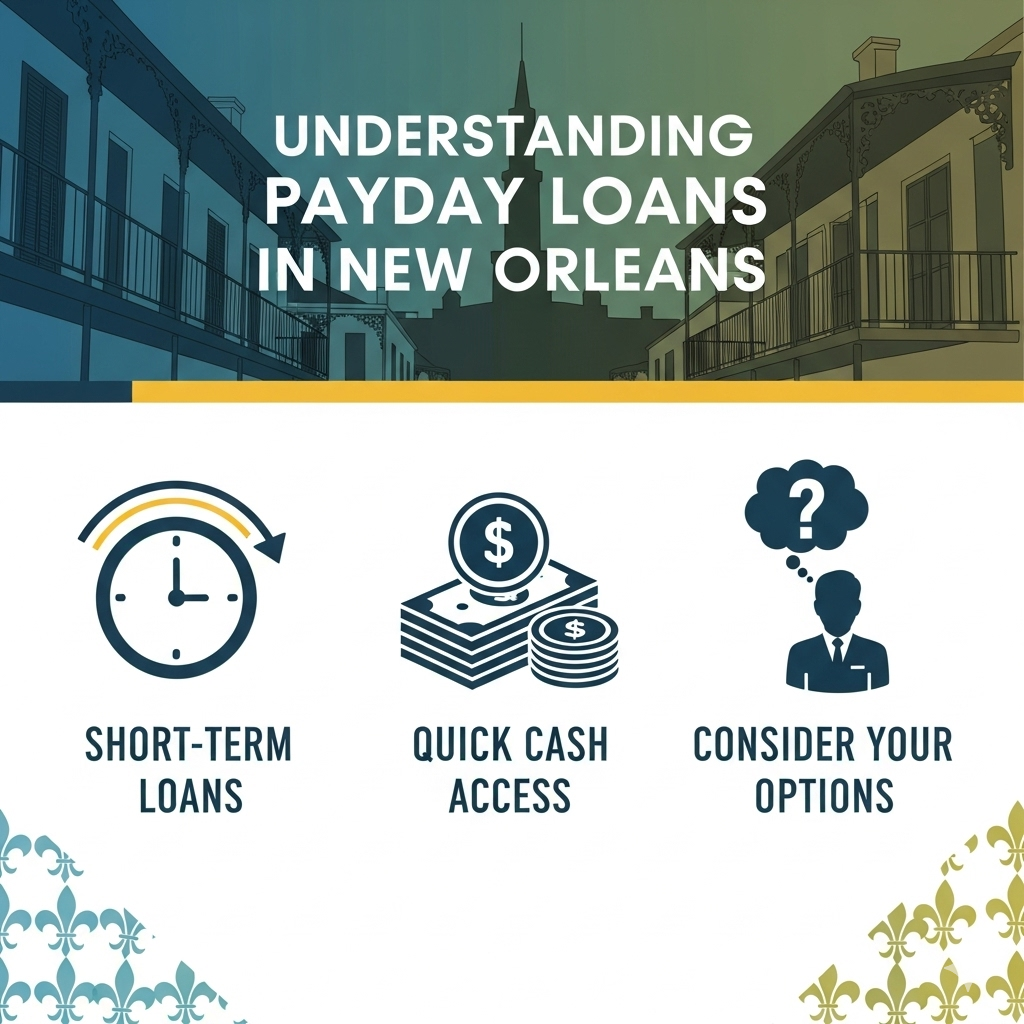
Indigo Credit Card
In today’s credit-driven economy, having a good credit score isn’t just helpful—it’s essential. From renting an apartment to securing a car loan or even getting a job, your credit profile plays a central role in your financial opportunities. But what if your credit history is less than perfect—or non-existent? That’s where the Indigo® Platinum Mastercard® steps in.
Tailored specifically for people with poor, limited, or no credit history, the Indigo card offers a unique value: a path toward rebuilding your financial profile without requiring a security deposit. But does that mean it’s the right card for you?
In this guide, we’ll break down everything you need to know about the Indigo card in 2025—features, fees, pros, cons, and whether it’s worth it for your credit journey.
🔍 What Is the Indigo® Platinum Mastercard®?
The Indigo® Platinum Mastercard® is an unsecured credit card issued by Celtic Bank and serviced by Genesis FS Card Services. It’s designed for people with bad credit or limited credit history, providing a rare opportunity to access credit without a security deposit.
Unlike many secured cards that require an upfront cash deposit (which becomes your credit limit), the Indigo card offers unsecured access to a small credit line, typically starting at $300. That makes it especially appealing for individuals trying to reestablish credit after bankruptcy, missed payments, or prolonged inactivity.
🎯 Who Should Consider the Indigo® Credit Card?
This card isn’t for everyone, and that’s okay. It’s built with a very specific customer in mind:
✅ Ideal For:
- Individuals with poor or fair credit scores (typically under 600)
- People who’ve had recent bankruptcies
- Those new to credit, such as young adults or immigrants
- Consumers rejected by other major card issuers
- Anyone who needs a card to build or rebuild their credit over time
❌ Not Ideal For:
- People with good to excellent credit—you’ll find better options elsewhere
- Users who spend heavily and expect high credit limits
- Those looking for cashback or travel rewards
- Shoppers who carry balances long-term (because of high APR)
If you’re trying to rebuild credit or start fresh, the Indigo card may serve as a bridge—not a destination, but a stepping stone toward better financial products.
💳 Key Features and Benefits
What makes the Indigo® Platinum Mastercard® stand out in a sea of credit-building options?
1. No Security Deposit Required
Unlike secured cards like Discover it® Secured or Capital One Secured Mastercard®, Indigo requires no upfront collateral.
2. Available with Poor Credit or Bankruptcy
Even with a bankruptcy in your recent past, you may still qualify—Indigo is bankruptcy-friendly, which is rare in the credit world.
3. Pre-qualification Without a Hard Credit Check
Before you apply, Indigo allows you to check your eligibility with a soft inquiry—meaning it won’t affect your credit score. This is perfect for people unsure of their approval odds.
4. Reports to All 3 Major Credit Bureaus
Timely payments and responsible usage get reported to Experian, Equifax, and TransUnion, helping you build a positive credit history.
5. Nationwide Mastercard Acceptance
You’ll be able to use the Indigo card anywhere Mastercard is accepted—online and in-store—across the U.S. and abroad.
6. Mobile Account Access
Manage your card through a mobile-friendly portal for payments, balance tracking, and account monitoring.
7. Fraud Protection
The card comes with zero liability protection, so you’re not responsible for unauthorized purchases.
💸 Indigo® Credit Card Fees and Interest Rates
As with many credit cards for bad credit, the Indigo card comes with trade-offs—mainly in the form of fees and a high APR.
| Feature | Details |
|---|---|
| Annual Fee | Ranges from $0 to $99, based on your creditworthiness |
| APR (Interest Rate) | Around 24.90% variable |
| Foreign Transaction Fee | 1% of each transaction |
| Late Payment Fee | Up to $41 |
| Returned Payment Fee | Up to $41 |
| Credit Limit | Usually $300, often reduced by annual fee |
⚠️ Important:
If you’re approved with a $75 or $99 annual fee, it will reduce your available credit in your first month. For example, if you get a $300 credit limit and a $99 fee, you’ll only have $201 to spend until the next billing cycle.
📈 How the Indigo Card Affects Your Credit Score
The Indigo credit card is a credit-building tool—but only if used properly.
Positive Impact:
- On-time payments help build a strong payment history (35% of your credit score)
- Keeping your utilization ratio low (ideally under 30%) boosts your score
- Regular reporting ensures your activity is visible to all bureaus
Negative Impact:
- Late payments are reported and can damage your score
- Maxing out your $300 limit can hurt utilization and overall score
- High APR can trap you in debt if you carry a balance
Pro Tip:
Use the card for a small recurring payment (like Netflix or Spotify) and pay it off in full each month. This shows responsible usage without incurring interest.
📝 How to Apply for the Indigo® Credit Card

The application process is fast, fully online, and involves two main steps:
1. Pre-Qualification (Soft Check)
- Visit indigocard.com
- Enter your basic info (name, income, SSN, etc.)
- Get a pre-qualification offer instantly
- No hard inquiry at this stage
2. Full Application (Hard Inquiry)
- If you proceed, Indigo will do a hard credit pull
- You’ll get an approval decision, along with your assigned annual fee
- If approved, your card typically arrives in 7–14 days
📊 Indigo vs. Other Credit-Building Cards (2025 Comparison)
| Feature | Indigo® Platinum | Capital One Platinum | Discover it® Secured |
|---|---|---|---|
| Secured/Unsecured | Unsecured | Unsecured | Secured |
| Min. Credit Score | 300+ | 580+ | No minimum |
| Annual Fee | $0–$99 | $0 | $0 |
| Rewards | None | None | 2% at select stores |
| Credit Limit | $300 | $300+ | Secured by deposit |
| Reports to Bureaus | Yes | Yes | Yes |
| Best For | Rebuilding w/o deposit | Low-risk rebuild | Rewards while building |
👍 Pros of the Indigo Credit Card
- No security deposit needed
- Easy approval for people with bad credit
- Pre-qualify without hurting credit
- Reports to all 3 credit bureaus
- Fraud protection via Mastercard
👎 Cons of the Indigo Credit Card
- High APR (24.90% or more)
- Low credit limit (usually $300)
- Annual fee may reduce usable credit
- No rewards or perks
- No upgrade path to better cards with the issuer
🗣️ Customer Reviews and Complaints (What Real Users Say)
Positive Reviews:
- “Helped me get back on track after bankruptcy.”
- “Pre-approval process was easy and didn’t hurt my score.”
- “Payments report fast to all credit bureaus.”
Negative Reviews:
- “$99 annual fee for a $300 limit? That’s steep.”
- “Customer service is slow.”
- “Charged me a fee before I even used the card.”
✅ Final Verdict: Is the Indigo® Platinum Mastercard® Worth It?

If you’re someone with limited credit options, the Indigo card offers a practical—if basic—way to start rebuilding. It’s not the flashiest card. There are no points, no cashback, no perks. But it does the one job it promises: gives you access to credit without requiring a deposit and reports your progress to the major credit bureaus.
That said, the fees and low limit are not ideal for long-term use. Your goal should be to use this card responsibly for 6–12 months, build your credit, and then graduate to a better, more rewarding card.
🔁 Alternatives Worth Considering
- Capital One Platinum Mastercard (no annual fee, higher limits over time)
- Discover it® Secured (requires deposit, but offers cashback)
- Chime Credit Builder Card (no interest, no annual fee, requires Chime account)
💡 Final Tips to Maximize the Indigo Car
- Set up autopay to never miss a due date
- Use only 10–30% of your credit limit
- Pay in full every month to avoid interest
- Check your credit score monthly to track your progress
In short: The Indigo® Platinum Mastercard® is a credit rebuilding tool, not a lifestyle card. Use it wisely, and it could be your first step toward financial freedom.




